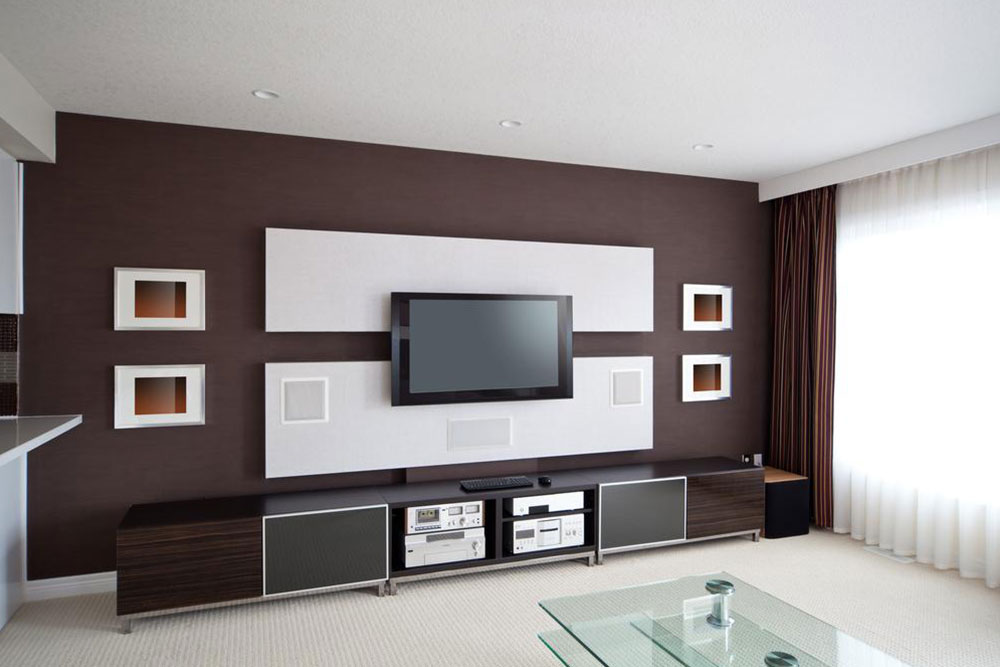Transformative Innovations in Modern Television Technology
This article explores the evolution of television technology, highlighting key innovations from monochrome sets to ultra-high-definition smart TVs. It discusses the impact of flat-panel displays, internet connectivity, AI integration, and emerging display technologies like OLED and quantum dots. Discover how these advancements have transformed viewing experiences, design, and industry trends, making modern TVs more immersive, stylish, and accessible than ever before. Stay ahead of the latest developments shaping the future of home entertainment.

Television has long stood as a cornerstone of home entertainment, revolutionizing the way millions enjoy their favorite shows, movies, and news daily. From its humble beginnings as a monochrome device to the vibrant, high-definition screens we rely on today, television technology has undergone remarkable transformations. This evolution reflects continuous advancements driven by technological innovation, consumer demand, and the ever-expanding digital ecosystem.
Initially, early television sets were monochrome, providing only black-and-white images, which was a groundbreaking achievement at the time. These initial models laid the foundation for future developments that soon incorporated color display technology, dramatically enhancing viewing experiences and making entertainment more engaging for audiences worldwide. The shift from black-and-white to color was a pivotal milestone, significantly influencing content creation and consumption patterns.
The breakthrough toward flat-panel displays in the 1960s and 1970s revolutionized the television industry. These new screen types, primarily LCD (liquid crystal display) and later LED (light-emitting diode), offered thinner, lighter, and more energy-efficient options compared to traditional cathode ray tube (CRT) televisions. Although flat-screen models were conceptualized as early as 1964, widespread consumer adoption didn't occur until the early 2000s. During this period, prices were initially high due to manufacturing complexities, but technological improvements and increased competition rapidly pushed prices down, making flat-panel TVs accessible to a broader audience.
Modern television sets are marvels of technological integration, combining high-definition (HD), 4K, and even 8K resolution to deliver crystal-clear, sharp images that rival cinematic quality. These ultra-high-definition screens are complemented by advanced color processing, contrast ratios, and wide viewing angles, greatly enhancing visual realism. Moreover, screen sizes have substantially increased, with 55-inch, 65-inch, and even larger models becoming commonplace, providing immersive experiences whether watching movies, sports, or gaming.
One of the most significant advancements in recent years has been the integration of internet connectivity and smart technology into television sets. Smart TVs allow users to stream content directly from popular platforms such as Netflix, Amazon Prime, Hulu, and YouTube, eliminating the need for external devices. These smart functionalities are powered by built-in Wi-Fi and Ethernet ports, opening up a universe of entertainment options at viewers' fingertips.
Furthermore, innovative features like voice control, artificial intelligence (AI), and user-customized interfaces have transformed how viewers interact with their TVs. Voice assistants such as Alexa, Google Assistant, and Siri enable hands-free operation, content searches, and even smart home control, integrating television into the broader smart home ecosystem seamlessly. AI-driven picture enhancement and content recommendation algorithms personalize the viewing experience, making it more engaging and tailored to individual preferences.
The design aspect of modern televisions has also seen significant progress. Manufacturers now prioritize sleek, minimalistic aesthetics with thin bezels, curved screens, and high-quality materials that blend seamlessly into contemporary interior designs. Wall-mountable options further enhance space efficiency and aesthetic appeal, transforming TVs from mere appliances into stylish home decor elements.
The industry continues to innovate with emerging technologies such as OLED (organic light-emitting diode) displays, which offer superior contrast, deeper blacks, and more vibrant colors compared to traditional LCD/LED screens. Quantum dot technology enhances color accuracy and brightness, further elevating visual quality. Additionally, advancements in refresh rates and HDR (high dynamic range) ensure smoother motion handling and richer color palettes, making fast-paced content like sports and action movies more lifelike.
As the landscape of television technology evolves, consumers benefit from a broader selection of sizes, features, and price points, making it easier than ever to find a TV that fits their space, budget, and entertainment needs. The rapid pace of innovation continues to push the boundaries of what’s possible, ensuring that television remains a central element in home entertainment for years to come.





